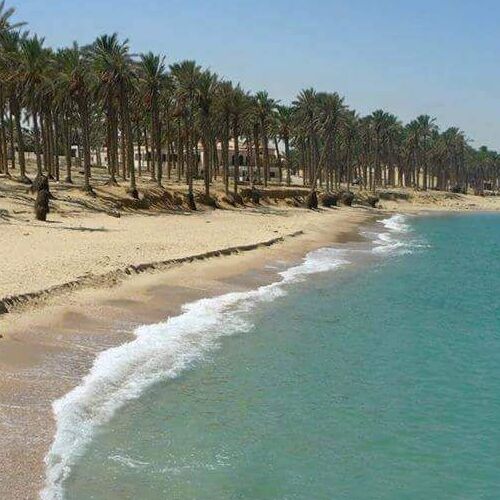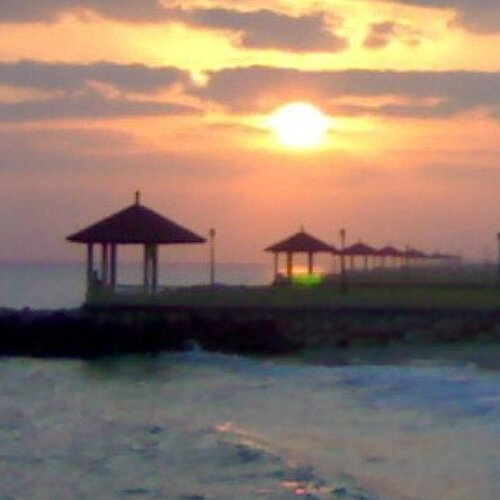No other nation in the world says ‘Welcome’ as often as the Egyptians, and every time, they mean it. While the ancient civilization of Egypt continues to amaze, contemporary Egyptians are equally remarkable.
The Ancient City of Pelusium
Pelusium: A Timeless Sentinel of Egypt's History
In the annals of Egyptian history, the ancient city of Pelusium stands as a testament to the country’s storied past. Situated between the lapping waves of the Mediterranean and the lush marshes of the Nile delta, Pelusium once lay a mere two and a half miles from the sea. However, as early as the first century BC, the relentless march of sand began to choke its port. Over the centuries, the coastline crept forward, leaving Pelusium a distant four miles from the Mediterranean by the third century AD.
Known to the Egyptians as Saʾinu and Per-Amon, or “House of Amon,” Pelusium’s historical significance is echoed in its modern name, Tell Farama. The city’s biblical moniker, “the stronghold of Egypt,” as mentioned in Ezekiel 30:15, captures its pivotal role in ancient times.
In the era of the 26th and subsequent Egyptian dynasties, Pelusium was the empire’s foremost frontier fortress against Palestine, serving both as a bulwark and a customs point for Asiatic goods. The city bore witness to pivotal moments in history, including the Battle of Pelusium in 525 BC, where Persian forces under Cambyses II overcame Pharaoh Psamtik III, a battle bookended by sieges at Gaza and Memphis.
During Egypt’s intermittent independence from Persian rule, marked by the 28th and 29th dynasties, Pelusium remained a linchpin in the nation’s defenses. In Roman times, it emerged as a crucial station en route to the Red Sea, its ruins dating back to this era. The city’s gradual decline commenced in the 7th century AD, marking the end of its long-standing prominence.
Surrounding Pelusium, the fertile lands were renowned for producing flax of exceptional quality, known as Linum Pelusiacum. The city also gained acclaim as an early hub for brewing beer, crafting the famed Pelusian drink.
Pelusium’s strategic position as a border fortress, guarding the gateways to Egypt from Syria and the sea, underscored its significance. It stood as a bastion of strength, frequently besieged and often the backdrop for major battles. The city’s history is a narrative of resilience and importance, a place where the sands of time have preserved the echoes of a once-thriving center of ancient Egyptian civilization.
Created On March 18, 2020
Updated On January 24, 2024
AL ARISH Travel Guide



